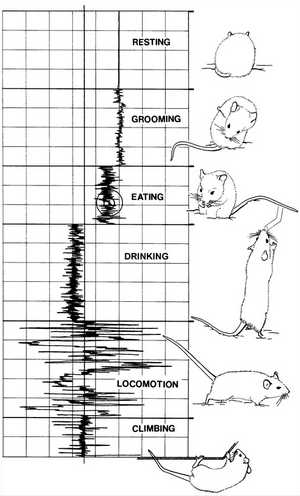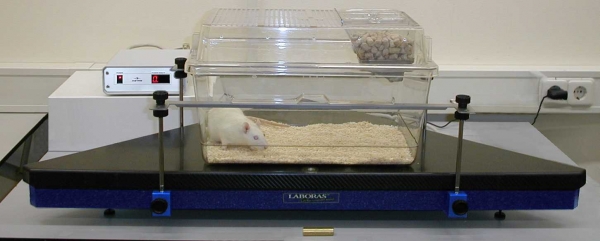
|
|
|
Product Information
Search |
Laboras Product InformationIntroductionLABORAS is a powerful system that fully automates the behavioral scoring of small laboratory rodents, like rats and mice. Unlike many other systems, such as photo-beam trackers and video tracking, LABORAS not only provides tracking related data but also provides you a large number of real behaviors. It is this unique functionality, which enables you to perform your behavioral research faster, more consistent and more efficient than what can be achieved by human observations or other automated systems. How does it Work?
LABORAS is based on vibration and force signal analysis to determine both the behavior and the position of the animal. To provide reliable behavioral scores which have a high correlation with human observations a combination of dedicated mechanics, electronics and software was developed. The basis of the system are the measurement platforms, which convert the movements of the animal into electrical signals. The cage with the animal is placed and hold at a fixed position on the measurement platform. The triangular shaped platforms consist of:
The vibrations evoked by the movements of the animal are picked up by the carbon fibre measurement plate and passed to the force transducers below it. The transducers are connected to a pre-amplifier (and signal conditioning unit), which is mounted in the measurement platform.
The processing of the vibration signals forms the heart of the software. The LABORAS software uses the latest pattern recognition and signal analysis techniques to reliably recognize a number of behaviors of rats and mice. Each behavior has its own unique signature of signal characteristics which can be detected by the LABORAS software to identify a behavior. This is illustrated for a couple of behaviors in the picture on the right, such as grooming, eating, drinking. In addition to the behaviors detected by LABORAS, the software is also able to extract the position of the animal and various other tracking details from the transducer signals, such as speed, position distribution and circles clockwise and counter clockwise.
LABORAS Advantages
LABORAS provides a number of advantages over other systems due to its unique technology which is based on vibration analysis.
|
Additional information
Upcoming conferences IASP 2024
Latest News Metris introduces USV Classifiication software ...
|
| Site map | Privacy Statement | Animal Welfare | Feedback |




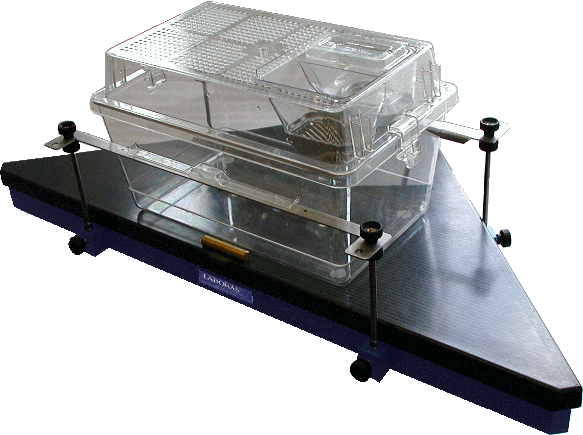
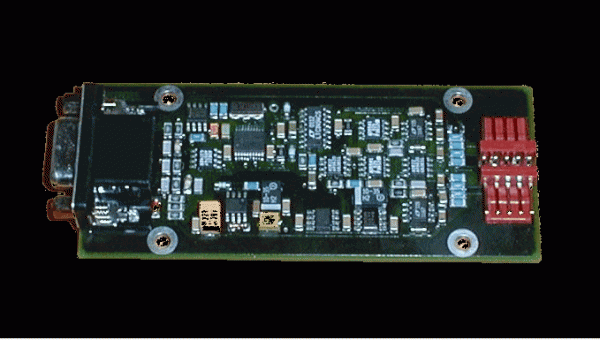 The gain and offset of the pre-amplifier are adjusted based on the weight of the laboratory animal that is entered by the experimenter. To eliminate difficult and time consuming manual settings of the amplifiers all gain and offset adjustments are performed by the software through a simple and fast "calibration routine". The pre amplifier also takes care for the proper filtering of the signals.
The gain and offset of the pre-amplifier are adjusted based on the weight of the laboratory animal that is entered by the experimenter. To eliminate difficult and time consuming manual settings of the amplifiers all gain and offset adjustments are performed by the software through a simple and fast "calibration routine". The pre amplifier also takes care for the proper filtering of the signals.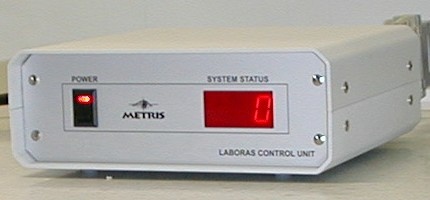 The output signals of the amplifiers are send to the LABORAS Control Unit (LCU), which converts the analog signals into a digital format. The LABORAS Control Unit can handle the signals of up to 8 measurement platforms. The LCU sends the data over a serial line to the PC for further processing.
The output signals of the amplifiers are send to the LABORAS Control Unit (LCU), which converts the analog signals into a digital format. The LABORAS Control Unit can handle the signals of up to 8 measurement platforms. The LCU sends the data over a serial line to the PC for further processing.